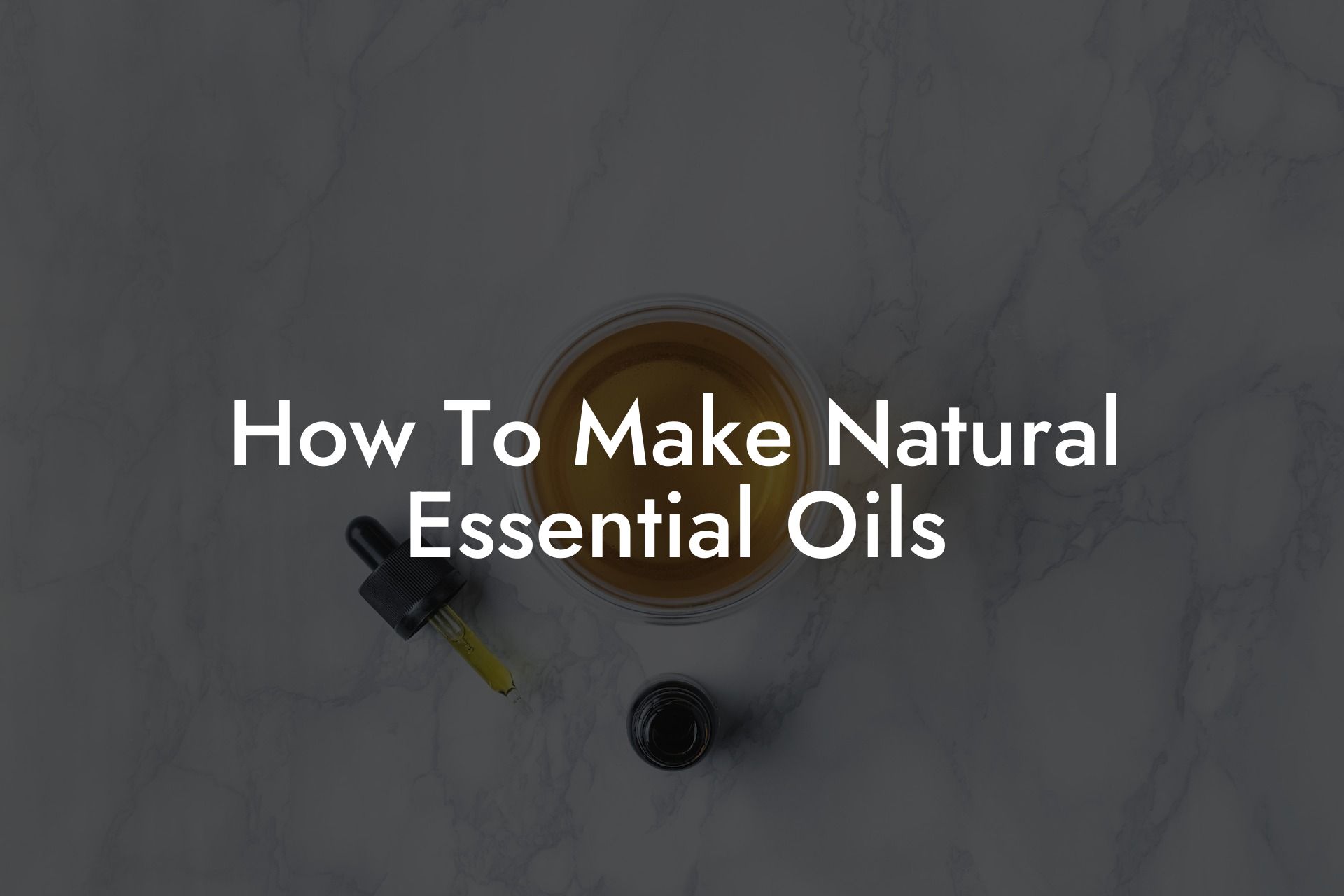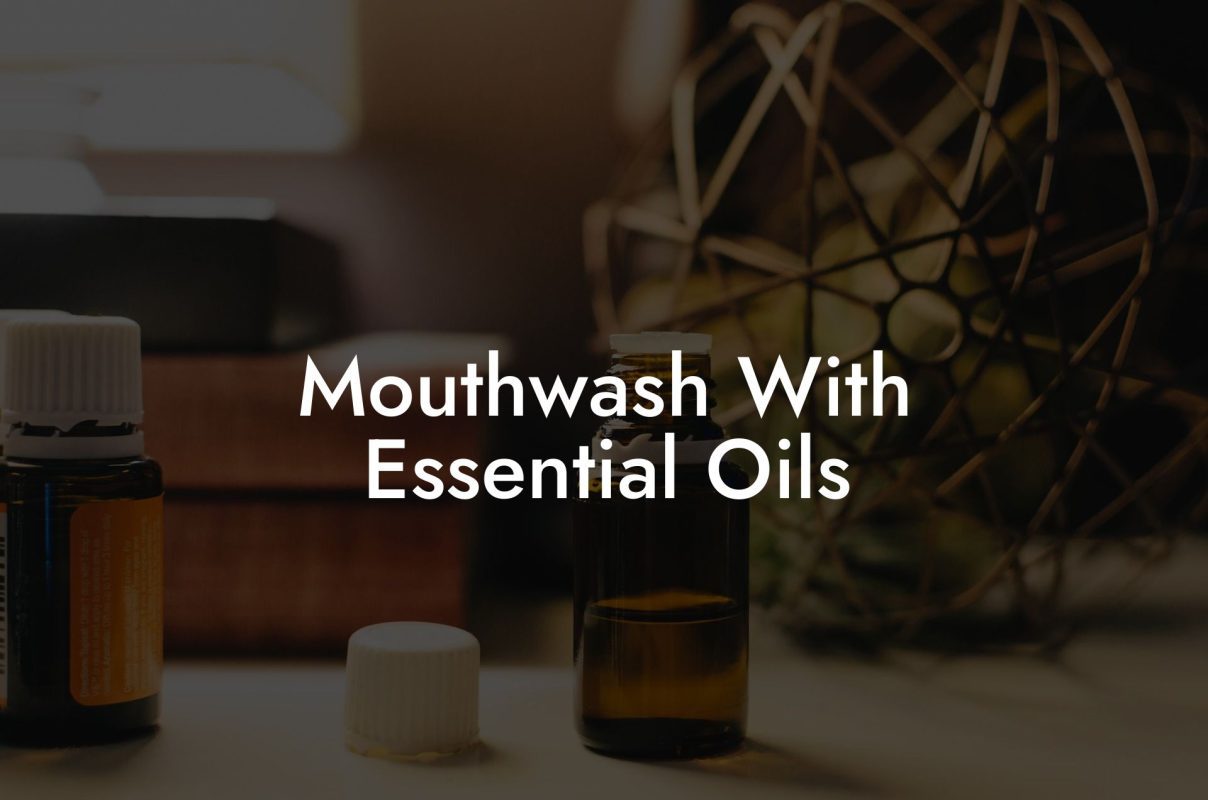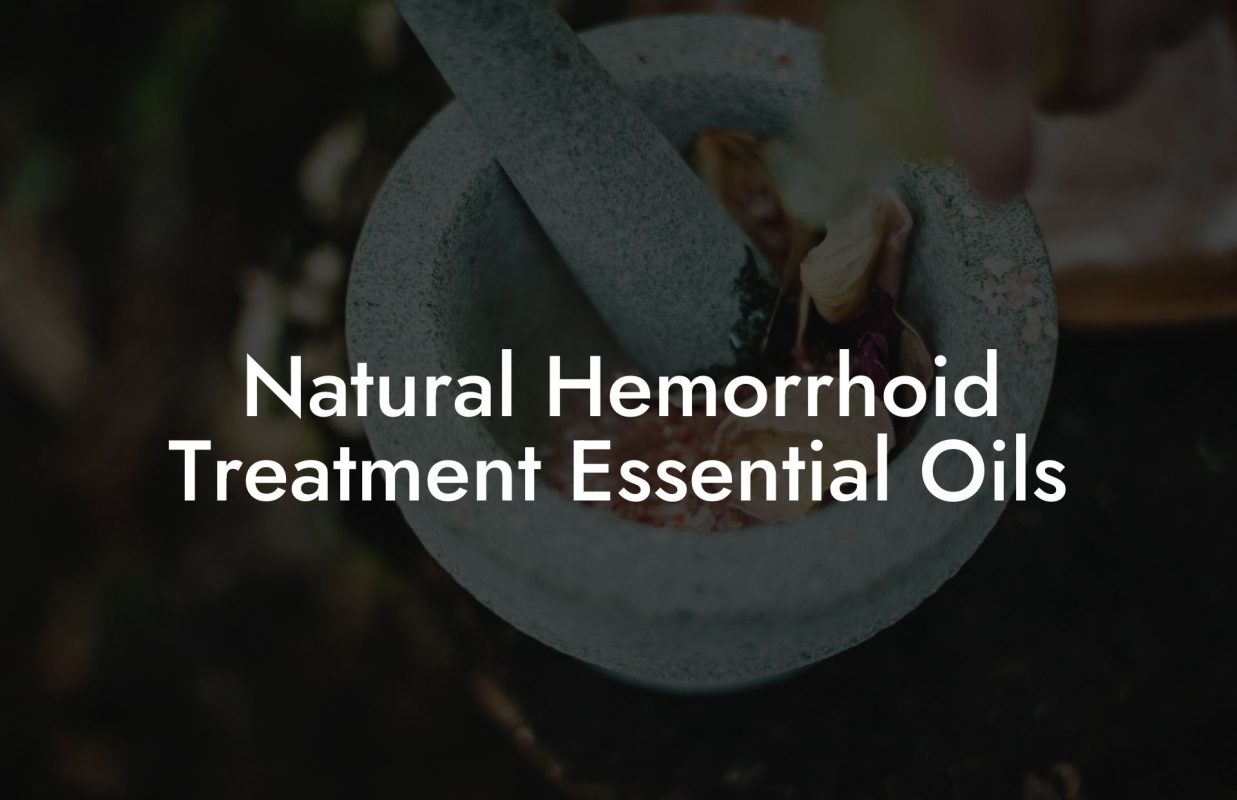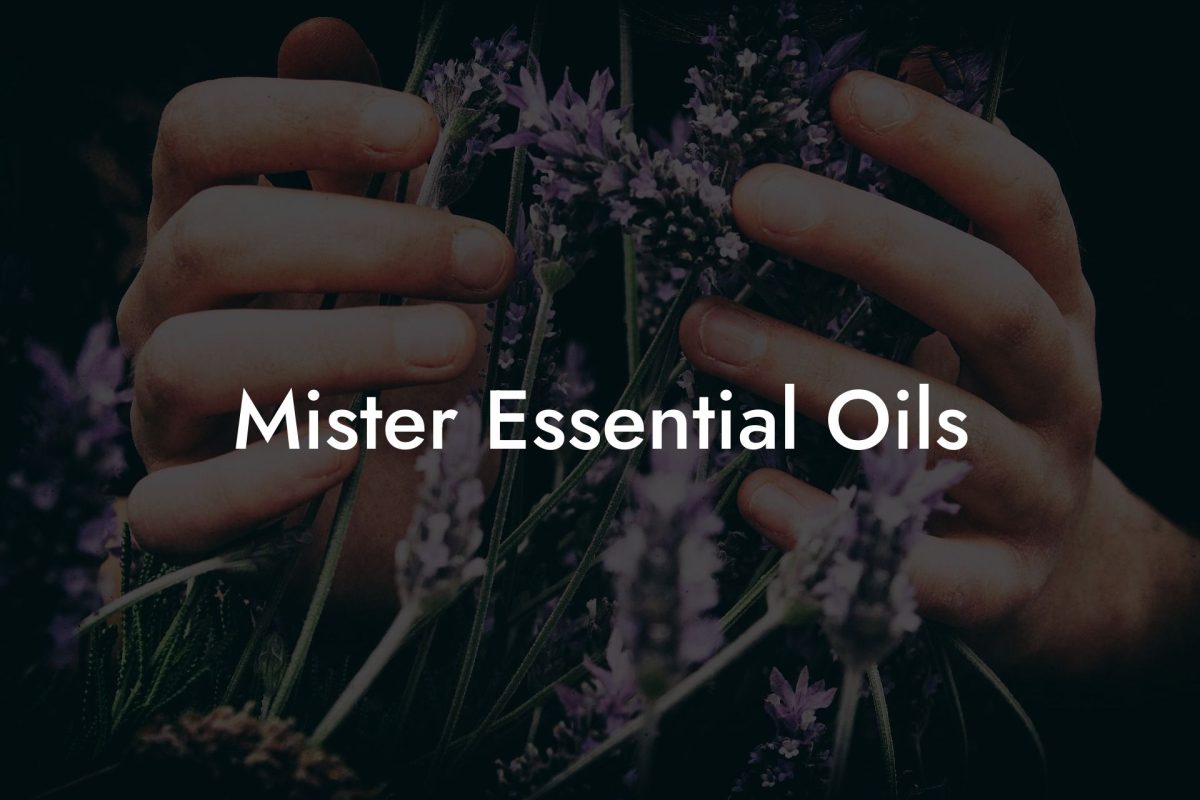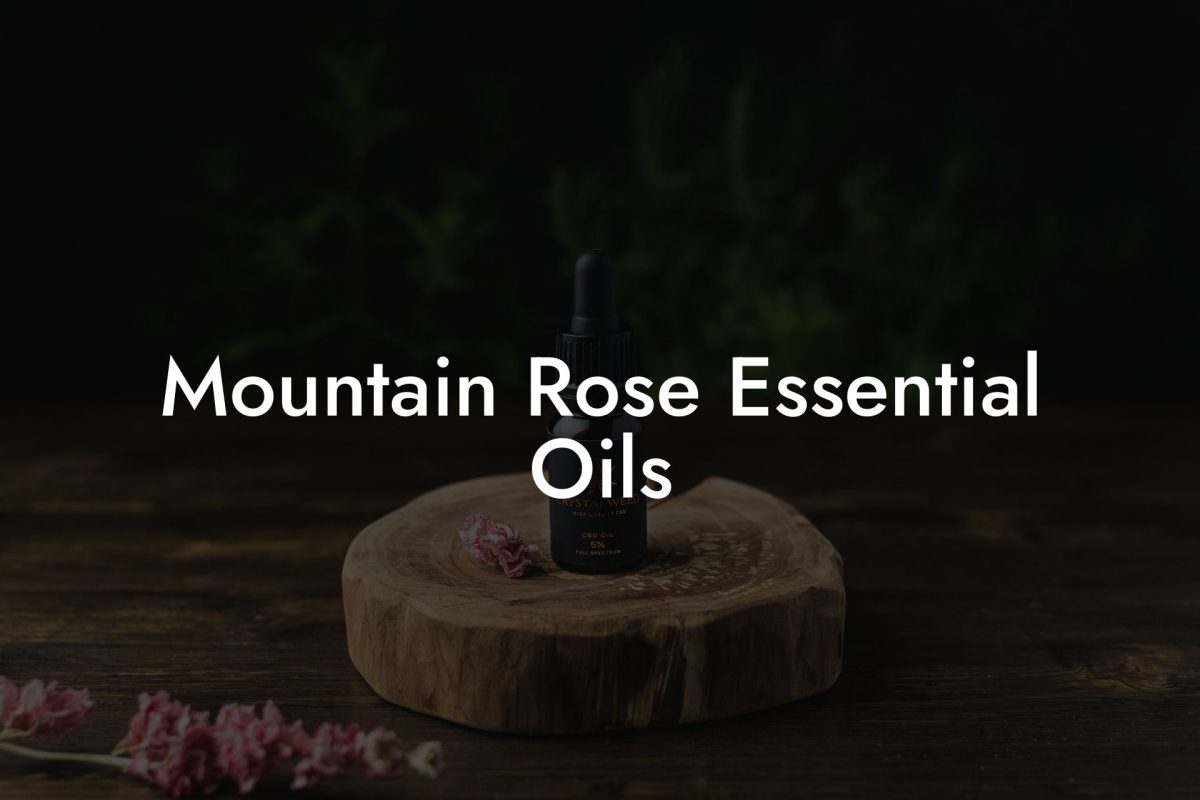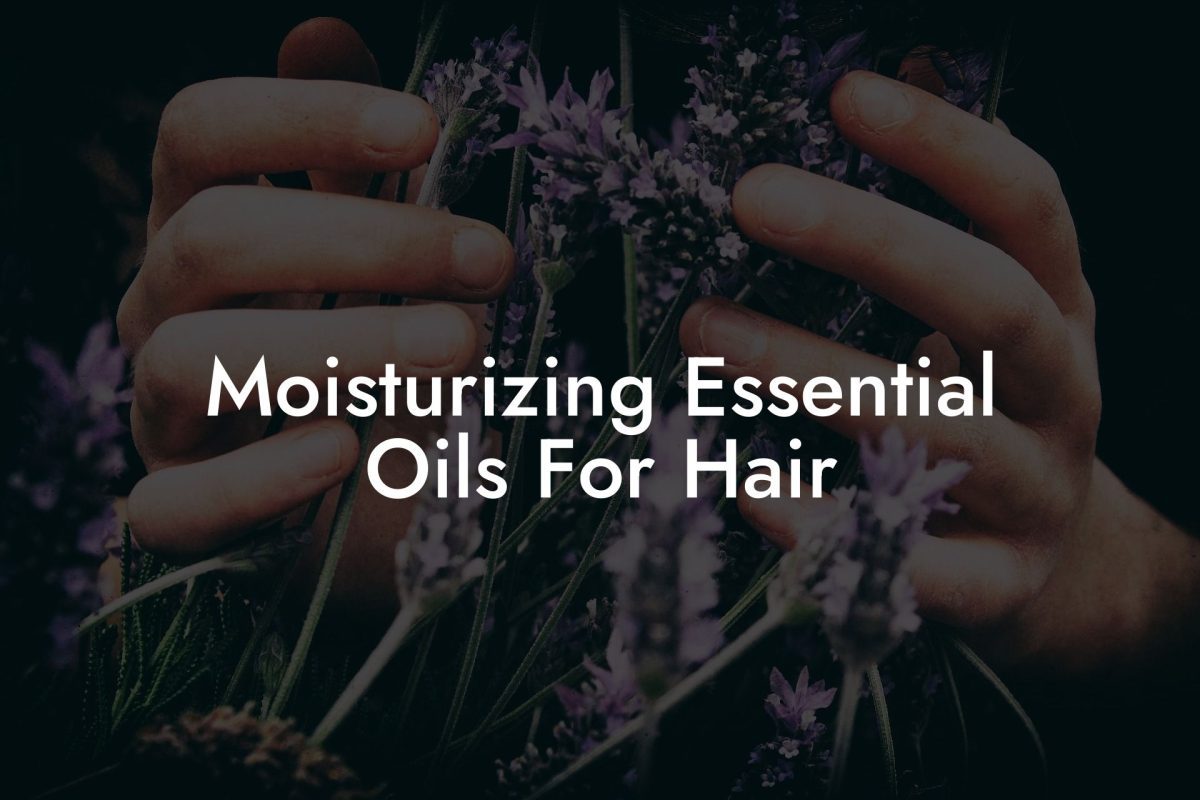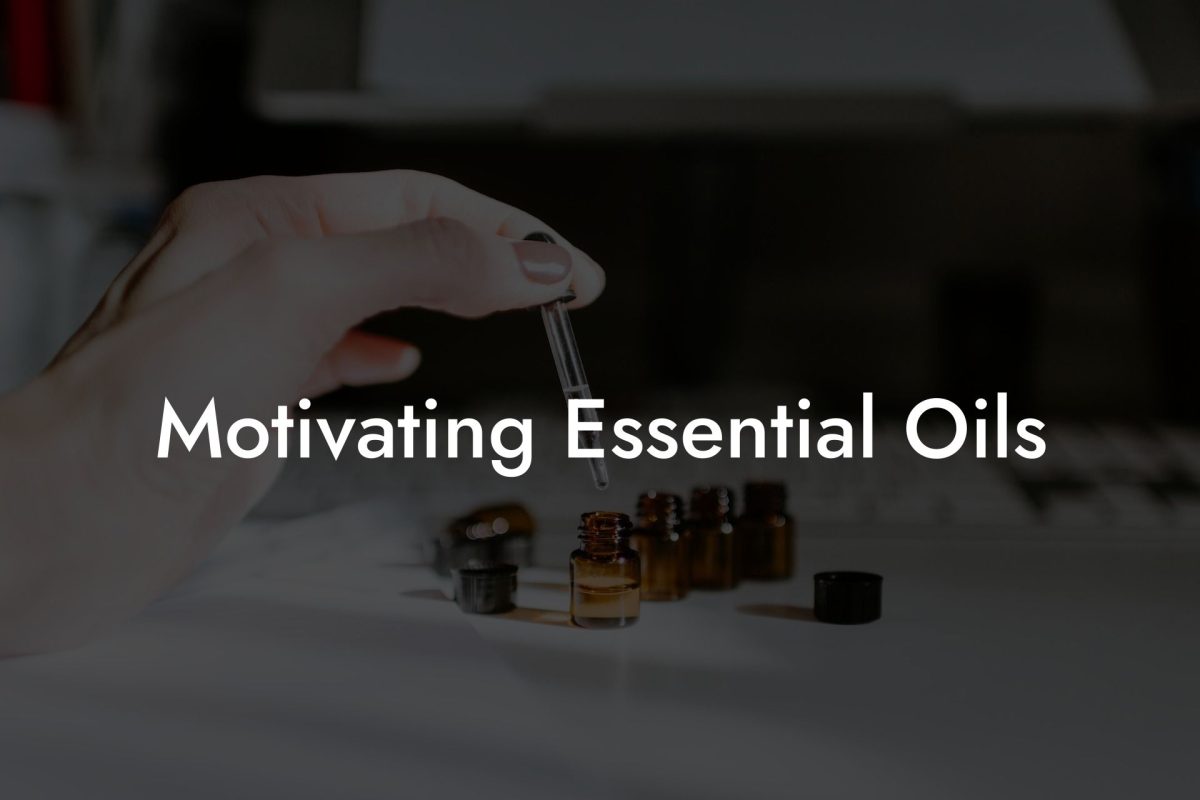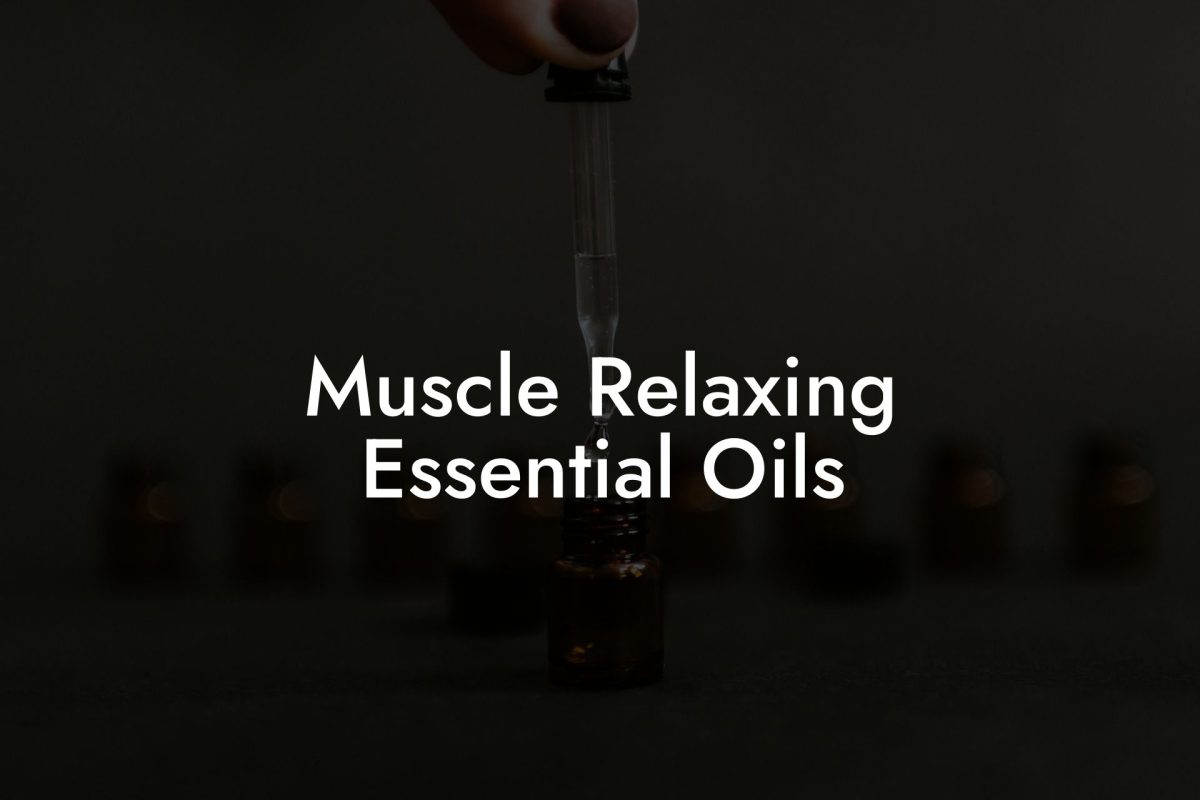Discover the mesmerizing world of natural essential oils and learn how to create them from scratch. In this comprehensive guide, we take a deep dive into the process of making your very own homemade essential oils so that you can harness their healing powers and embrace their many benefits.
Table of Contents
Essential oils are a fantastic way to enhance your overall wellbeing and promote a healthy, balanced lifestyle. While you can purchase them from various sources, there’s something truly fulfilling about creating your own. In this guide, we’ll cover the steps for making natural essential oils at home.
Choosing Your Plant Material
Before starting the process, it’s crucial to select the right plant material for your oils. Depending on the desired effects, you might choose different plants or flowers that carry the benefits you want to inspire in your daily life. Keep in mind that quality is key – use only fresh, clean, and healthy plant material to ensure you get the best results.
Popular Plant Choices:
- Lavender: Known for promoting relaxation and better sleep
- Peppermint: Stimulates the senses and increases alertness
- Rose: Reduces stress and anxiety
- Eucalyptus: Boosts the immune system and relieves congestion
- Chamomile: Encourages restfulness and calmness
The Extraction Methods
Once you have selected your plant materials, you can begin the extraction process. There are two primary methods for extracting essential oils at home, suitable for beginners: steam distillation and the cold-press method.
Steam Distillation
This method involves using heated water vapor to extract the essential oil from your plant material. To begin:
1. Fill a pot with water and place a heat-resistant bowl inside, ensuring the bowl sits above the water level.
2. Add your plant material to the pot, surrounding the bowl.
3. Cover the pot with a lid, placing it upside-down to create a condensation funnel.
4. Heat the water until it reaches a gentle simmer, allowing steam to rise and capture the essential oil from the plant material.
5. Continue this process until the condensation begins to collect in the bowl – this should take approximately 3-4 hours.
6. Carefully remove the essential oil from the condensed water, using a dropper or pipette.
Cold-Press Method
This method is most suitable for citrus fruits, like oranges, lemons, and grapefruits. To begin:
1. Peel your chosen fruit, ensuring you only collect the colorful outer layer (zest) and not the white pith.
2. Spread the zest on a clean, dry towel and let it sit for a couple of days, or until completely dry.
3. Place the dried zest into a glass jar, and pour a carrier oil (e.g., almond oil or jojoba oil) over it, ensuring all the zest is submerged.
4. Seal the jar and shake it well. Store it in a cool, dark place for at least 48 hours.
5. Strain the oil mixture through a cheesecloth to separate the essential oil from the zest.
How To Make Natural Essential Oils Example:
Imagine you’ve chosen lavender as your plant material and decided to use the steam distillation method. After collecting fresh lavender buds and following the extraction steps, you’ll have your very own homemade lavender essential oil. You can use this essential oil for various applications, including adding a few drops to your bathwater or creating a soothing pillow spray.
Congratulations – you’ve now embarked on the rewarding journey of making your own essential oils! Enjoy the many benefits these natural extracts offer, from improved sleep to reduced stress. Don’t forget to share this guide with friends and fellow essential oil enthusiasts. Be sure to explore more informative guides on Oshu Oils and dive into our range of artisan essential earth oils to further enhance your essential oil knowledge and collection.

